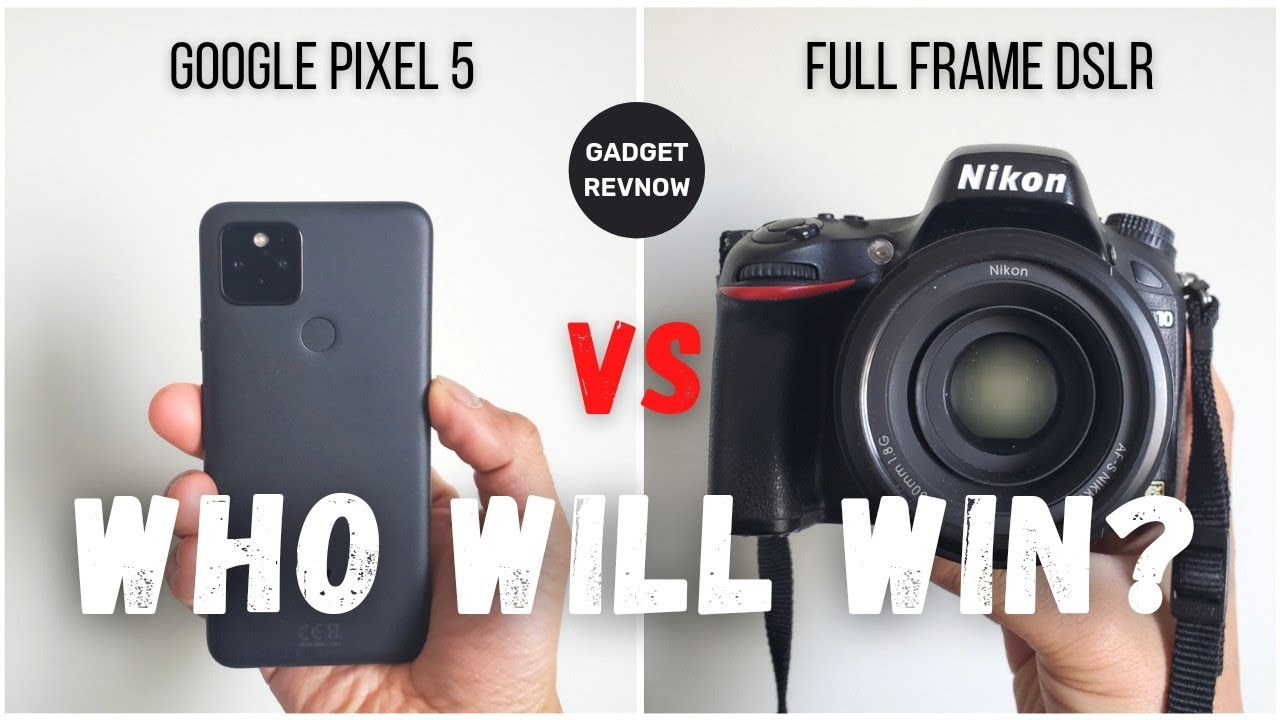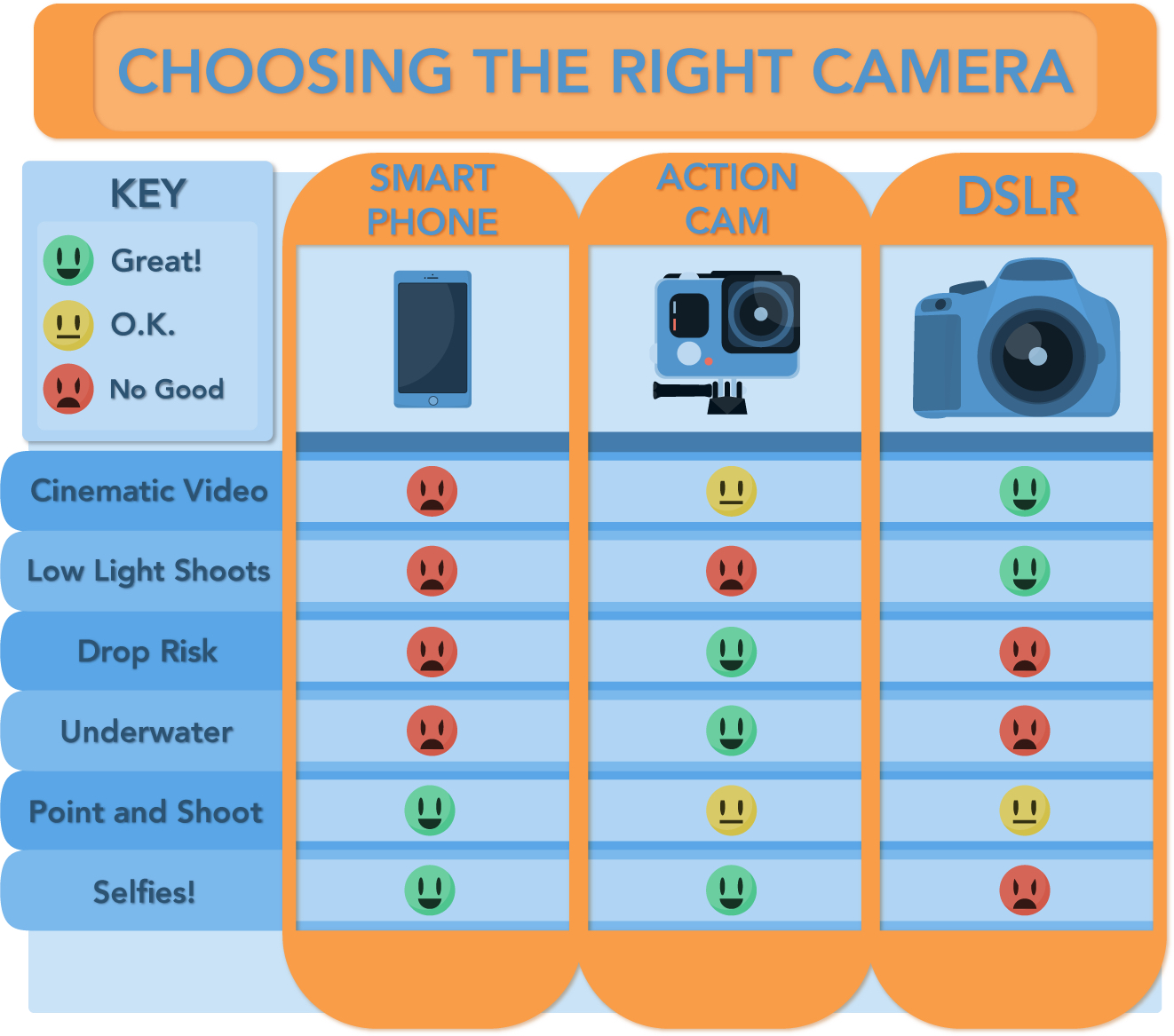
Camera Showdown: New Phones vs. DSLRs – Has the King Been Dethroned?
For years, the digital single-lens reflex (DSLR) camera reigned supreme as the undisputed champion of photography. Its large sensor, interchangeable lenses, and manual controls offered unparalleled image quality and creative possibilities. However, the rise of smartphone photography has disrupted the industry, blurring the lines between professional-grade equipment and the device in your pocket.
This article delves into the ongoing battle between the latest smartphones and DSLRs, examining their strengths, weaknesses, and whether the convenience of a phone can truly rival the power and versatility of a dedicated camera.
I. The Smartphone Revolution: Accessibility and Innovation
Smartphones have democratized photography. Their ubiquity, ease of use, and constant connectivity have made them the go-to camera for millions. Let’s explore the key factors behind their rise:
- Convenience and Portability: This is the smartphone’s greatest advantage. Always with you, ready to capture fleeting moments. No need to lug around a bulky camera bag.
- Computational Photography: Smartphones leverage powerful processors and sophisticated algorithms to enhance image quality. Features like HDR, night mode, portrait mode, and scene recognition are all powered by AI, optimizing settings and improving results in various conditions.
- Social Media Integration: Seamless sharing to social platforms is a major draw. Smartphones make it effortless to capture, edit, and instantly share your photos with the world.
- Multi-Camera Systems: Modern smartphones boast multiple lenses (wide-angle, ultra-wide, telephoto) offering versatility in framing and perspective. These systems also enable advanced features like optical zoom and depth-of-field effects.
- User-Friendly Interface: Smartphone camera apps are designed for simplicity. Automatic modes handle most settings, making them accessible to beginners.
II. The DSLR Legacy: Power and Precision
Despite the smartphone’s advancements, DSLRs maintain a strong foothold in the photography world. Here’s why:
- Superior Image Quality: DSLRs generally offer better image quality, especially in low light. Their larger sensors capture more light, resulting in cleaner images with less noise.
- Interchangeable Lenses: This is a game-changer. DSLRs can be paired with a wide range of lenses, each designed for specific purposes (wide-angle, telephoto, macro, portrait). This allows photographers to tailor their equipment to the subject and achieve unique creative effects.
- Manual Control: DSLRs provide full manual control over settings like aperture, shutter speed, ISO, and white balance. This allows experienced photographers to fine-tune their images and achieve their desired look.
- Optical Viewfinder: The optical viewfinder provides a direct view through the lens, offering a more accurate and responsive shooting experience compared to the electronic viewfinder on some mirrorless cameras (which are closely related to DSLRs).
- Ergonomics and Handling: DSLRs are designed for comfortable and stable handling, especially during long shooting sessions. Their larger size and dedicated controls make them easier to grip and operate.
III. Head-to-Head: Key Comparisons
Let’s compare smartphones and DSLRs across critical aspects of photography:
- Image Quality:
- Smartphones: Image quality has improved dramatically, particularly in good lighting conditions. However, they still struggle in low light, where noise and lack of detail become more apparent. Computational photography can compensate to some extent, but it can also introduce artifacts and over-processing.
- DSLRs: Offer superior image quality, especially in challenging conditions. Their larger sensors capture more light and produce cleaner, more detailed images.
- Low Light Performance:
- Smartphones: Night mode and other low-light features have improved significantly, but they still can’t match the performance of a DSLR with a fast lens.
- DSLRs: Excel in low light, thanks to their large sensors and ability to use fast lenses with wide apertures. This allows photographers to capture clean, detailed images in dimly lit environments.
- Dynamic Range:
- Smartphones: HDR modes can expand dynamic range, but they can sometimes produce unnatural-looking results.
- DSLRs: Offer wider dynamic range, capturing more detail in both highlights and shadows.
- Depth of Field:
- Smartphones: Portrait mode uses software to simulate shallow depth of field, blurring the background. The results can be convincing, but they’re not always perfect.
- DSLRs: Can achieve true shallow depth of field using lenses with wide apertures. This creates a beautiful, natural-looking background blur that separates the subject from the background.
- Zoom Capabilities:
- Smartphones: Optical zoom is limited on most smartphones. Digital zoom degrades image quality.
- DSLRs: Can achieve significant zoom using telephoto lenses without sacrificing image quality.
- Versatility:
- Smartphones: Offer a good degree of versatility with multiple lenses and shooting modes.
- DSLRs: Are the most versatile, thanks to the ability to use a wide range of lenses and accessories.
- Cost:
- Smartphones: The cost of a high-end smartphone can be comparable to an entry-level DSLR.
- DSLRs: Can range from a few hundred dollars for an entry-level model to several thousand for a professional-grade camera and lenses.
IV. The Best of Both Worlds: Hybrid Approaches
Some photographers use a combination of smartphones and DSLRs, leveraging the strengths of each. For example, they might use a smartphone for casual snapshots and social media sharing, and a DSLR for more serious photography projects.
V. Tips for Getting the Most Out of Your Smartphone Camera
- Clean the Lens: A smudged lens can significantly degrade image quality.
- Use Natural Light: Avoid using the built-in flash, which can create harsh shadows.
- Experiment with Composition: Use the rule of thirds, leading lines, and other compositional techniques to create more visually appealing images.
- Edit Your Photos: Use a photo editing app to adjust brightness, contrast, and color.
- Shoot in RAW: If your smartphone supports it, shooting in RAW format will give you more flexibility in post-processing.
- Use a Tripod: A tripod can help you capture sharper images, especially in low light.
- Explore Third-Party Apps: Many third-party camera apps offer more advanced features and controls than the built-in camera app.
VI. Tips for Getting the Most Out of Your DSLR
- Learn the Basics of Exposure: Understanding aperture, shutter speed, and ISO is essential for taking well-exposed photos.
- Master Manual Mode: Take control of your camera by shooting in manual mode.
- Use a Tripod: A tripod is essential for landscape photography, long exposures, and shooting in low light.
- Invest in Good Lenses: Lenses are just as important as the camera body.
- Learn How to Edit Your Photos: Photo editing is an essential part of the digital photography workflow.
- Practice Regularly: The more you practice, the better you’ll become at photography.
- Read the Manual: Even experienced photographers can learn something new from the camera manual.
- Experiment with Different Settings: Don’t be afraid to try new things and see what works.
VII. The Verdict: Is the DSLR Dead?
No, the DSLR is not dead. While smartphones have made significant strides in image quality and convenience, DSLRs still offer advantages in terms of image quality, versatility, and manual control.
VIII. Who Wins? It Depends on Your Needs
The best camera for you depends on your individual needs and priorities.
- Choose a Smartphone If:
- You value convenience and portability above all else.
- You primarily share your photos on social media.
- You’re a casual photographer who doesn’t need the highest possible image quality.
- Choose a DSLR If:
- You demand the best possible image quality.
- You need the versatility of interchangeable lenses.
- You want full manual control over your camera settings.
- You’re a serious photographer who wants to take your skills to the next level.
IX. The Future of Photography
The future of photography is likely to be a hybrid approach, where smartphones and DSLRs coexist and complement each other. Smartphones will continue to improve in image quality and computational photography, while DSLRs will remain the tool of choice for serious photographers who demand the best possible results.
The camera in your pocket is more than capable of taking amazing photos, but DSLRs still have a firm place for professional and serious amateur photographers.
